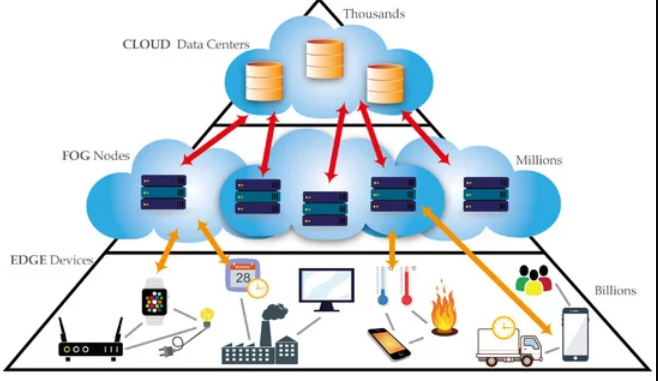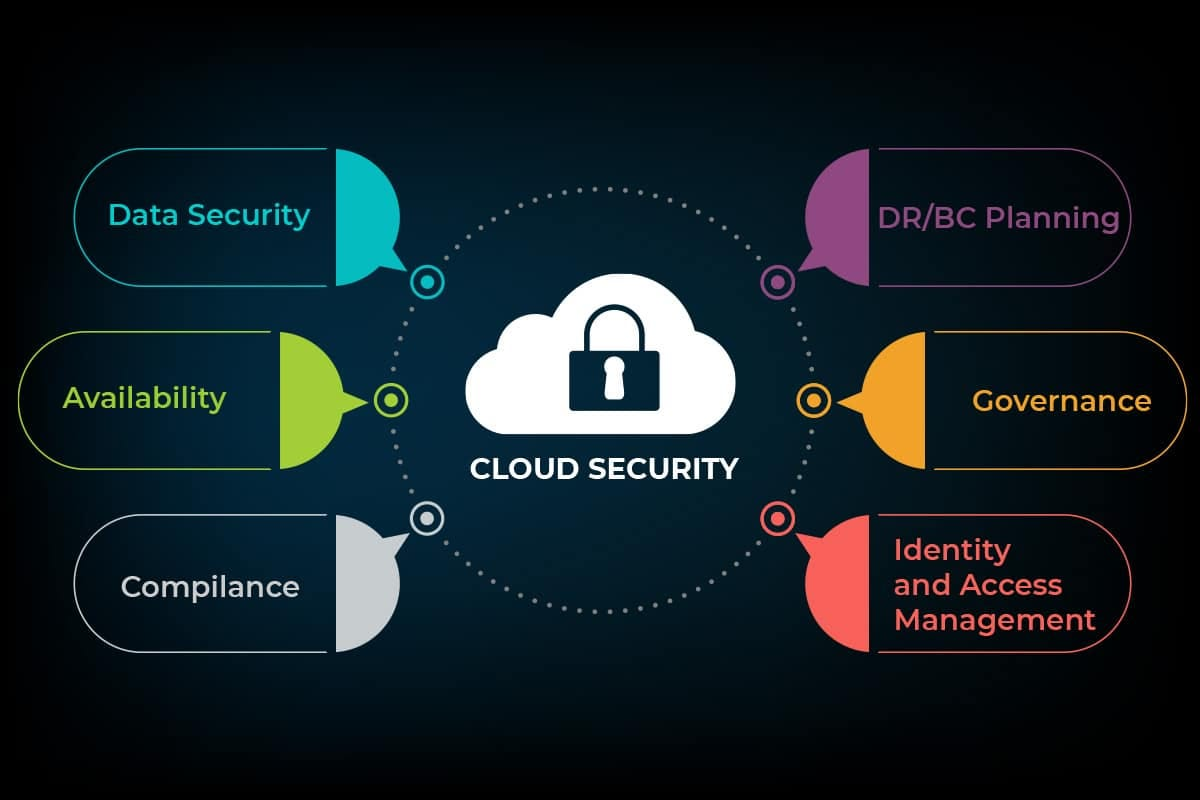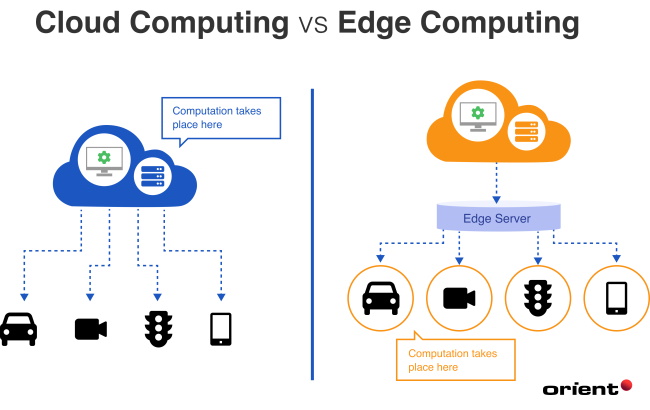Cloud computing has revolutionized the way businesses operate, offering scalability, flexibility, and cost-efficiency. A critical aspect of this revolution is resource replication, ensuring data availability, and facilitating disaster recovery. This comprehensive guide delves into the mechanisms, challenges, and strategies of resource replication in the cloud computing landscape. Introduction to Resource Replication in Cloud Computing Resource replication in cloud computing is a technique used to copy and maintain data or resources across multiple cloud environments. This process ensures high availability, improves data access speed, and supports disaster recovery strategies. In a…
Read MoreCategory: Cloud Computing
The Challenges of Cloud Computing: Navigating Through the Fog
Cloud computing has revolutionized the way businesses and individuals operate, offering scalability, flexibility, and cost-efficiency. However, as its adoption skyrockets, so do concerns surrounding its use. This article delves into the core issues plaguing cloud computing, offering a comprehensive understanding and strategies for overcoming these hurdles. Cloud Computing Defined Cloud computing is a technological marvel that has transformed data storage, access, and computing services. It allows users to store data on internet servers, providing access to computing resources and applications as needed, without the necessity for direct active management by…
Read MoreEncapsulation in Cloud Computing: Unlocking the Essentials for Enhanced Security and Efficiency
Introduction to Encapsulation in Cloud Computing Encapsulation, a fundamental principle in the realm of cloud computing, is akin to placing precious items in a secure, sealed container. It’s about wrapping data and functions into a single unit, ensuring that the internal workings of a system are hidden from the outside world. This concept, borrowed from object-oriented programming, is pivotal in cloud environments, enhancing security, system integrity, and facilitating a modular approach to cloud service development and deployment. Core Concepts of Encapsulation At its heart, encapsulation in cloud computing involves the…
Read MoreComparing Edge Computing with Cloud Computing
Introduction to Edge Computing Edge computing represents a transformative approach to network architecture that brings computation and data storage closer to the location where it is needed, to improve response times and save bandwidth. This concept is pivotal in today’s digital age, where the amount of data generated by devices at the “edge” of networks (like smartphones, sensors, and IoT devices) is colossal and continuously growing. The Evolution of Edge Computing From its inception, the journey of edge computing has been about moving from centralized data processing to a more…
Read MoreExploring the Sky: The Key Features of Cloud Computing
Introduction to Cloud Computing In the vast expanse of today’s digital universe, cloud computing shines as a beacon of innovation and efficiency. This technology, evolving rapidly since its inception, has become a cornerstone for businesses and individuals alike, offering unprecedented flexibility and access to computing resources. At its core, cloud computing allows users to rent instead of buy their digital infrastructure, leading to significant cost savings and operational efficiencies. As we delve into the realm of cloud computing, we uncover its essence and explore why it has become indispensable in…
Read More



